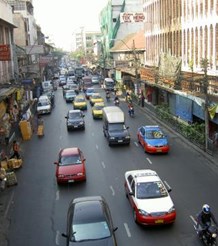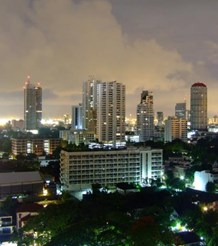
Thailand's Tourism Bounces Back
2014 was a challenging year for Thailand's tourist sector with visitor numbers slumping 6.7% during a brief spell of political turbulence.
During the year, 24.7million people visited the country, way below the forecast of 28 million.
However, figures for January 2015 show that Thailand is back as a highly popular tourist destination, with visitor numbers up by a healthy 6.7% compared to the same month last year.
Statistics published by the Thai Ministry of Tourism and Sports on March 18th showed that visitor arrivals climbed to record levels of 2,654,634. The upward trajectory is attributed to a major comeback by almost all Thailand's important source markets including top performers Malaysia, South Korea, Japan, the US, Germany, the UK and India, with rising popularity among visitors from the Middle East.
Governor of the Tourism Authority of Thailand (TAT) Thawatchai Arunyik said: "We faced a very difficult and challenging 2014 but the tourism numbers turned around at the end of 2014 which was followed by an excellent start into 2015. We hope to maintain this trend through the year".
According to CBRE's Overall Market View Q4 2014, Thailand saw record-breaking prices being achieved for real estate particularly in the tourist hotspot of Bangkok, one of the world's most popular holiday destinations.
The figures identify sales realising prices of up to €8,500/sqm in five downtown condominium projects in 2014, reflecting improving investor confidence. Price increases are largely due to supply shortages in the apartment market through the year, with supply decreasing by 37% in Bangkok's downtown area and 13% in its suburbs.
Thailand's government has a strong commitment to infrastructure development, investing heavily in stimulating the tourist sector that contributes significantly to its economy. Real estate demand is likely to surge while the market dynamics are as they are, with many opportunities to ride the yield curve.
Thai property prices will continue to improve, buoyed by increased tourism, investor demand and a lack of supply, particularly in the coastal condominium market where buyer interest is mainly focused.






